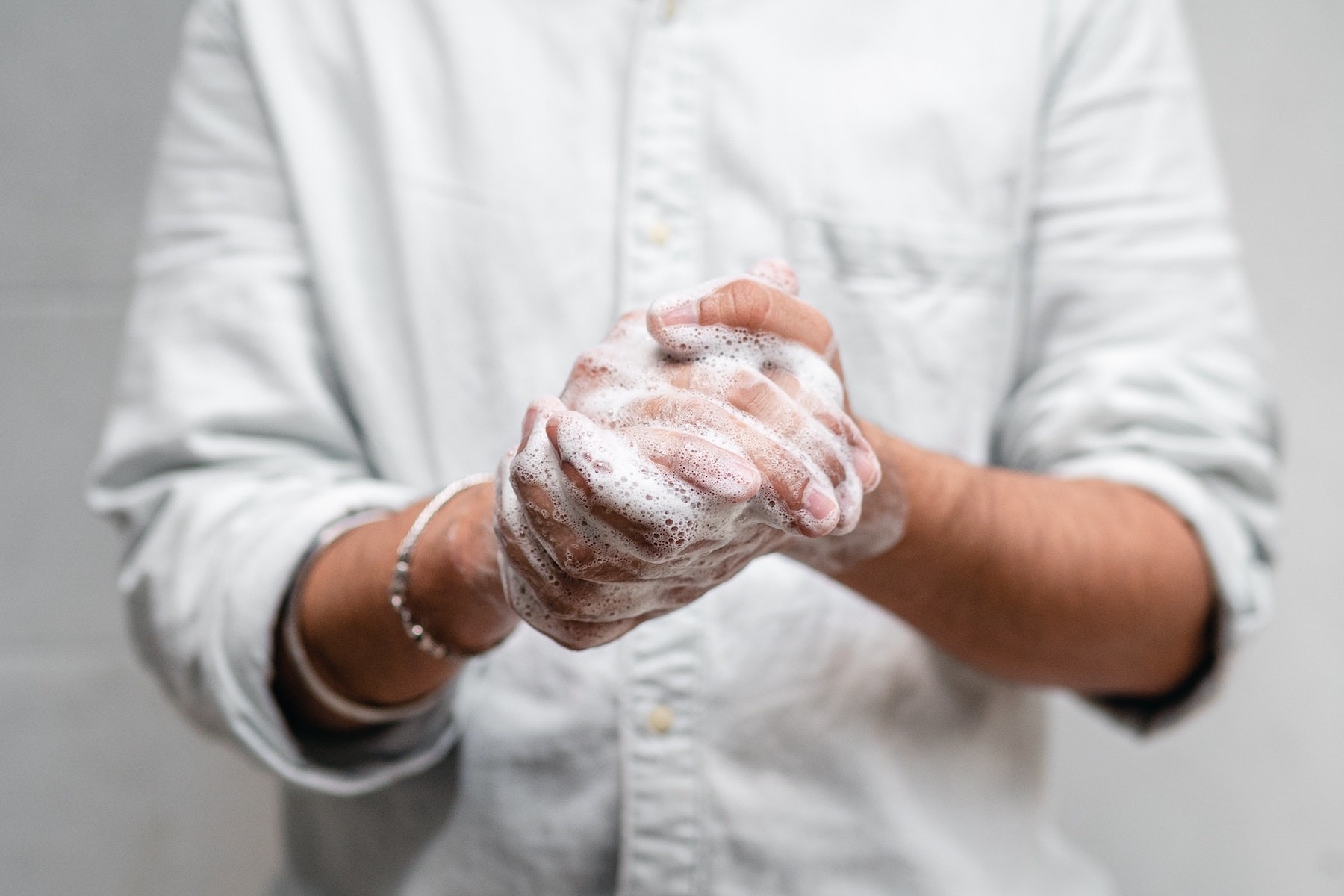article
The proper way to wash your hands
Washing your hands regularly and properly is among the best things you can do to prevent the spread of infectious diseases.
Source: Health Services

It is estimated that 80% of common infectious diseases, such as a cold and the flu, are spread by hands. Washing your hands regularly and properly is among the best things you can do to prevent the spread of infectious diseases. You should wash your hands frequently throughout the day and in the following situations:
- Before, during, and after preparing food
- Before and after eating food
- Before and after caring for someone at home who is sick with vomiting or diarrhea
- Before and after treating a cut or wound
- After using the toilet
- After changing diapers or cleaning up a child who has used the toilet
- After blowing your nose, coughing, or sneezing
- After touching an animal, animal feed, or animal waste
- After handling pet food or pet treats
- After touching garbage
Watch these videos on how to wash your hands properly, and how to use hand sanitizer properly.
Follow these five steps every time:
- Wet your hands with clean, running water (warm or cold), turn off the tap, and apply soap.
- Remove all rings and wet your hands with warm running water.
- Lather your hands by rubbing them together with the soap. Lather the backs of your hands, between your fingers, and under your nails.
- Put a small amount of liquid soap in the palm of one hand. Bar soaps are not as hygienic as liquid soaps because they can remain moist and attract germs. If a bar soap is the only option it should be stored on a rack that drains so that the bar doesn't sit in water.
- Scrub your hands for at least 20 seconds.
- Make sure you scrub between your fingers, under your fingernails and the backs of your hands.
- Need a timer? Hum the “Happy Birthday” song from beginning to end twice.
- Rinse your hands well under clean, running water.
- Rinse your hands well with clean running water for at least 10 seconds.
- Dry your hands using a clean towel or an air dryer.
- Try not to handle the faucets once your hands are clean. Use a paper towel to turn off the water.
- Dry your hands with a single use paper towel or hand dryer.
- If you use a public bathroom, try not to touch the door handle with your hands when you leave. Instead, use a paper towel or put some part of your clothing (e.g. sleeve) between your hand and the handle.
Hand sanitizers
If soap and water are not readily available, use a hand sanitizer with at least 60% alcohol to clean your hands.
How to Use Hand Sanitizer:
- Apply the gel product to the palm of one hand (read the label to learn the correct amount).
- Cover all surfaces of hands.
- Rub your hands and fingers together until they are dry. This should take around 20 seconds.
Sanitizers can quickly reduce the number of germs on hands in many situations. However,
- Sanitizers do not get rid of all types of germs.
- Hand sanitizers may not be as effective when hands are visibly dirty or greasy.
- Hand sanitizers might not remove harmful chemicals like pesticides from hands.

